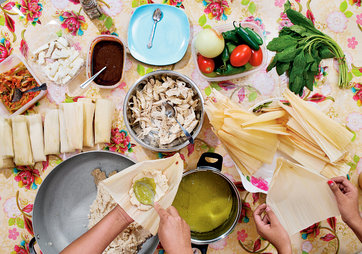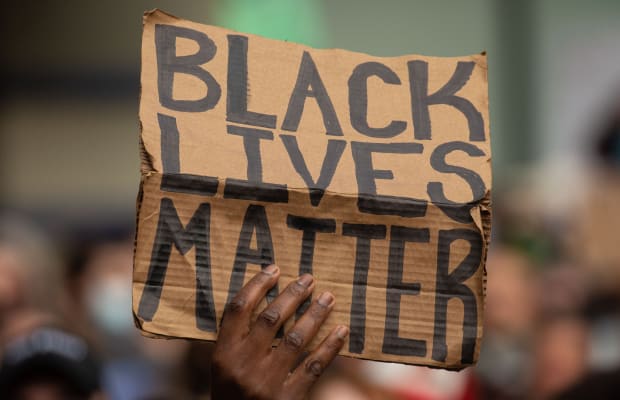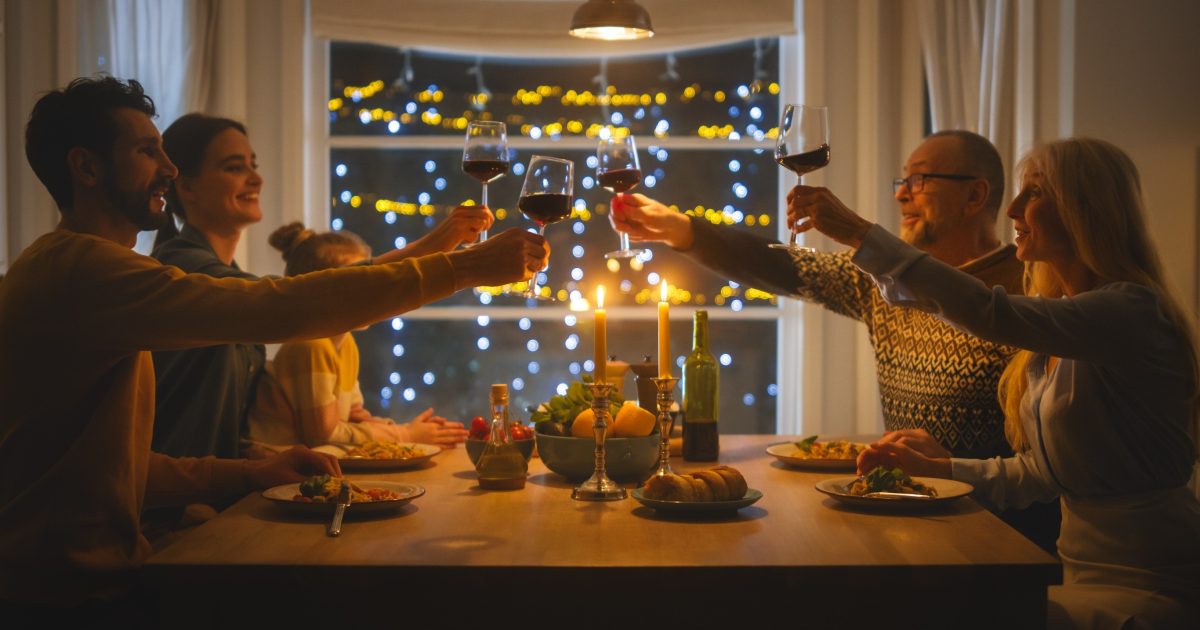Cultural Diversity is an important conversation that must garner more attention, as it’s too often that hate crimes are committed because members of one group felt offended by the culture of another group. It happens constantly, regardless of the attacker’s or victim’s background. The point of this article is to address this pressing issue, as cultural diversity is important and should be addressed year-round, especially during the holiday season.
During the holiday season, each country and culture has its own traditions, regardless if they follow Christmas or their own culture’s holidays. While most countries do end up following Christmas, even then, they have their nuances that go along with their native cultures and traditions. It’s not uncommon that both children and adults from cultural groups that do not celebrate Christmas feel an incredible sense of isolation or pressure to conform during this time. It is important to work toward cultural inclusivity, as it’s not good to erase one culture to accommodate another. There is enough room for everyone.
In Australia and New Zealand, their people follow Christmas but with traditions that follow their own cultures. In New Zealand, they decorate a native tree instead of a pine tree. Other ways of celebration include having a feast, barbecue, or hangi. If the family has Maori roots, the hangi might be on the menu which is a style of underground cooking. In Australia, they decorate the house with flowers that grow during the summer season. Other ways of celebration include Beach Day, BBQ celebrations, Boxing Day Tests, Prawns, Christmas Street Parties, Christmas Lights, and Carols by Candlelight.
Mexico and other Latin American countries also have their own Christmas traditions. Their version of this is called Posada. During the nine days before Christmas, they recall the pilgrimage of Mary and Joseph from their departure from Nazareth to Bethlehem, where they sought a place to stay and wait for the birth of Baby Jesus. During this time, they also break pinatas in the shape of a seven-pointed star, (which represents the seven sins), while blindfolded (representing faith). There are also candlelight processions, elaborate nativity scenes, Spanish Christmas carols, dancing, and fireworks.
In Spain, it is customary on the night of December 31st to eat 12 grapes, one after each chime at midnight, to bring luck to each month of the new year. Other Spanish traditions include Dia De Los Inocentes & Els Enfarinats, which is a full day dedicated to causing mischief. This normally falls on December 28, and if people don’t feel like participating in pranks, they can just wear a wig instead. This celebration also includes the traditional Spanish festival of Els Enfarinats, which involves throwing eggs and flour at one another in the streets.
In India, Diwali is celebrated in December, which celebrates the arrival of the new year. This is celebrated with Rangoli, which is based on the creation of different figures and drawings filled with powder of joyful and festive colors. At the heart of these drawings, oil lamps are placed to illuminate them. Other notable Indian holidays include Holi, which is also known as “the festival of colors”, normally celebrated annually in late February or early to mid-March. Celebrations include the lighting of bonfires on Holika (the night before Holi) and a second day of “playing colors”.
In China, the Chinese New Year is celebrated. This tradition of more than 3,000 years is governed by the cycles and phases of the moon, so there is no exact date of celebration. During this holiday, they display one of their most characteristic symbols, the Dragon. Other notable Chinese holidays include the Lantern Festival, which is normally held on the 15th day of the first lunar month. It’s normal to see people watching lanterns and fireworks, guessing lantern riddles, performing folk dances, and eating yuanxiao.
Cultural Diversity and Inclusivity are important parts of society, so during the holiday season, take some extra time to learn and appreciate the different festivals being celebrated.



